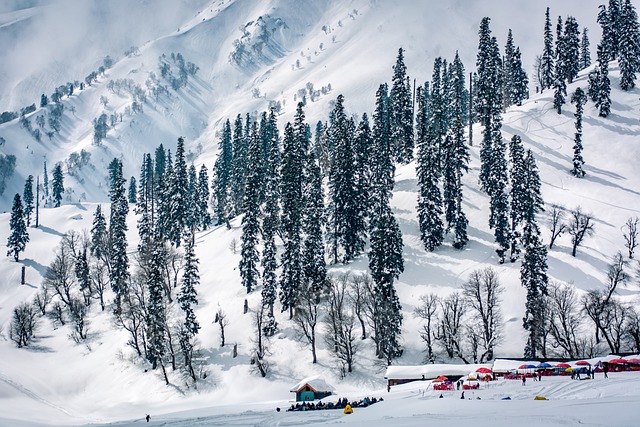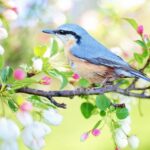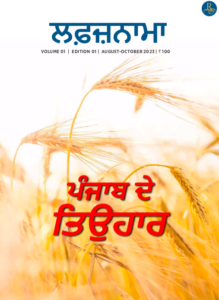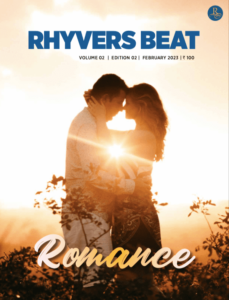Haiku Blossoms (2)
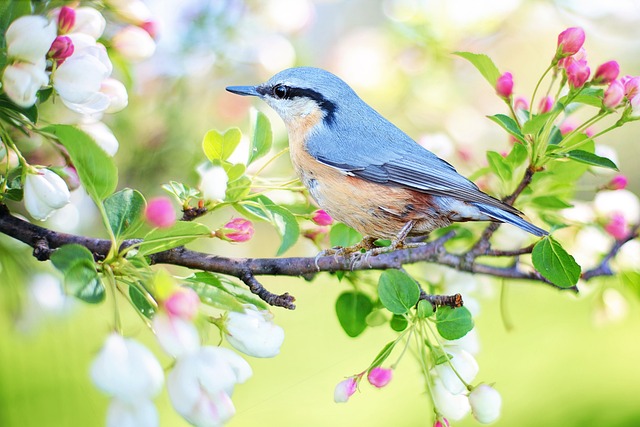
Last week, we talked about “What is haiku” and when and where it originated. This week, let us dive a bit deeper, The current official definition given by the Haiku Society of America in 2004 is:
“A haiku is a short poem that uses imagistic language to convey the essence of an experience of nature or the season intuitively linked to the human condition.”
So what is this form, practiced for hundreds of years, and giving promise of hundreds more, in dozens of lands and languages around the world?
Jim Kacian, a celebrated haiku poet and the President of The Haiku Foundation has written a haiku primer, “How to Haiku”. I have found this book very useful in my haiku journey, and with his kind permission, I am sharing some excerpts from his book.
So to begin, let us say a haiku is. . . a brief poem . . .There are two parts to this opening phrase—let’s look at them in order:
“brief ”: nothing characterizes haiku, at least superficially, so much as this point: haiku the shortest poems in the world.
How brief is brief? All have two images laid out over two or three lines, and vary between 6 and 15 syllables, with the average being around 12. Haiku usually are somewhere close to these numbers; we might think of 17 syllables as an upper limit, only occasionally approached in writing English language haiku.
And then: “poem.” A haiku is a poem, which means it is a literary work using metrical, rhythmical and other poetical means to achieve an aesthetic point or moment. When published, it is a public sharing, and subject to the same kind of scrutiny, criticism, and appreciation that other art forms are. Throughout history, haiku have been used in many ways:
meditation—
thinking
about mindfulness
I pee on my shoe
Michael Ketchek
therapy—
after chemo
only wanting to read
seed catalogs
Pamela Miller Ness
journal—
the village at dawn;
a bird’s song
is part of the silence
Larry Gates
memoir—
dad’s wake
the weight
of my new shoes
R. A. Stefanac
teaching—
while she counts syllables,
the haiku slips away
Mildred Rose
farewell—
skipping stones
talking of people
no longer here
Jack Barry
to name but a few, and it succeeds in each of these contexts. But only when considered as poetry, as literature, does haiku realize its highest potential and fullest range. Only at this point does haiku become what poetry must be for all poets: a way of life.
Of course, there is more to consider in how haiku realizes itself as poetry: and we will examine issues of form, content, language and qualities best served by the haiku form. But it is important to establish that we mean to consider haiku first and foremost as literature. Everything else will devolve from this principle point.. . . which records an experience . . .Haiku always begin with an experience. This experience can take many forms: it can be something actually witnessed or participated in—
garden work—
talking to each other
back to back
Dimitar Anakiev
or something from memory—
wind against
my pantleg—
cat gone for years
Edward Beatty
even something imaginary—
pulling light
from the other world . . .
the Milky Way
Yatsuka Ishihara
Throughout the history of haiku, the first of these kinds of experience has been preferred by poets, editors, and readers, and because of this haiku is often referred to as the poetry of the real. Many of the most revered and quoted haiku have been of this sort. But memory and imagination are powerful providers of experience, too, and many poems fulminated from them achieve a resonance within us since they reach the truth of a situation and of a feeling.
Walking with you again
in the snow . . .
only my footprints
Frances Bradford Neighbors
While experience, of whatever sort, is primary to the creation of haiku, it is the radical step of recording the experience which opens it from a private experience into a work of art. Moments of insight are usually actual rather than verbal, so the act of “translating” the moment into words is the artistic leap, the act in which the catalog of “what’s happening right here, right now” is selected, organized, alchemized into poetry.. . . of a moment of revelation . . .What moments are so compelling that they are worth this exacting artistic treatment? It is not enough that the moment be beautiful, or touching, or closely observed, although all of these are elements that the best haiku evince. Haiku are about something more than the things: they are about those moments when we see the world clearly, as it is, and not as we have become habituated to see it.
not seeing
the room is white
until that red apple
Anita Virgil
insight may be profound—
trembling
as the grape next to it
is plucked
Dhugal Lindsay
it may be slight—
In the wake
of a gliding swan
ducks rocking
Gustave Keyser
but once we have had it, we cannot ever see the world in quite the same way again.. . . into the nature of the world . . .But this is not to say that haiku is merely close observation. Neither is it simply the statement of discovered significance. Haiku is the poetry we make of our experiences of significance and close observation. The revelation that is inherent in haiku is tied closely to the way we regard the world. It is alternately dependent upon the newness of our observation as if we are seeing something for the first time, but at the same time, it hinges upon our feeling that once seen, we know this observation to be true, as though we’ve known it before and all along. So a sense of familiarity is critical to our sense of revelation: revelation, and therefore haiku, is not novelty, but renewal.
Summer night:
we turn out all the lights
to hear the rain
Peggy Willis Lyles
This insight may relate to the natural world—
Canada Geese
suddenly from the heart
the field takes wing
James Tipton
One of the reasons for this is that the natural world is the common ground between all poets and readers of haiku. There is virtually no one who has not experienced a wide array of natural phenomena and stood in awe of its incidents and effects. This common ground helps situate the poem, and therefore the poet and the reader, quickly and usefully in much haiku. Our attention, therefore, may be given to the rest of the experience; and, at the same time, the background of the natural phenomenon serves to broaden our response to the experience, giving us a natural sounding board for our feelings and responses. Or again, it may take a more human face—
second husband
painting the fence
the same green
Carol Montgomery
However, while haiku may explore interior space, they are not by nature personal. Haiku are not poems we write about ourselves, not another form of confessional poetry; in fact, they are moments when the poet loses his own self-consciousness because of an identification with his subject—
yellow daffodil
look for something
very blue to wear
David Cobb
Haiku attempt to objectify reality, and look outward upon it, rather than inward.. . . in an effort to share it with others . . .The result of writing poems in this objective way is a body of work that other poets, and other readers, operating from the same assumptions, may share directly, as though it was each person’s original experience. By sharing our work, we connect with a group of like-minded people who are likely to appreciate what we have experienced and how we have presented. But more than this, we contribute to an ongoing body of literature that seeks to explore the whole of this objective reality, from its shiniest surfaces—
Spring.
The child sharpens
the green pencil
Elena Manta Ciubotariu
to its most obscure recesses—
snowstorm outside
inside the bloody
rain of the month
Kaye E. Bache
As the body of poetry grows, so too does our picture of the world, and not merely by the accumulation of facts. Instead, we have the means to see directly into the nature of reality, untinged by personal considerations, moment to moment. Haiku create a reality. Like all good art, they persuade. In the sense that our map of the cosmos changed by reading and entering haiku—that is, in the sense that haiku have power—they have, they are, reality.
Lee Gurga, in Haiku: A Poet’s Guide writes, ” haiku is created from two ingredients: an experience and an expression of that experience in words after it has passed through the poet’s heart.”
See you next week with some more sharing about haiku.
Merry Christmas!



